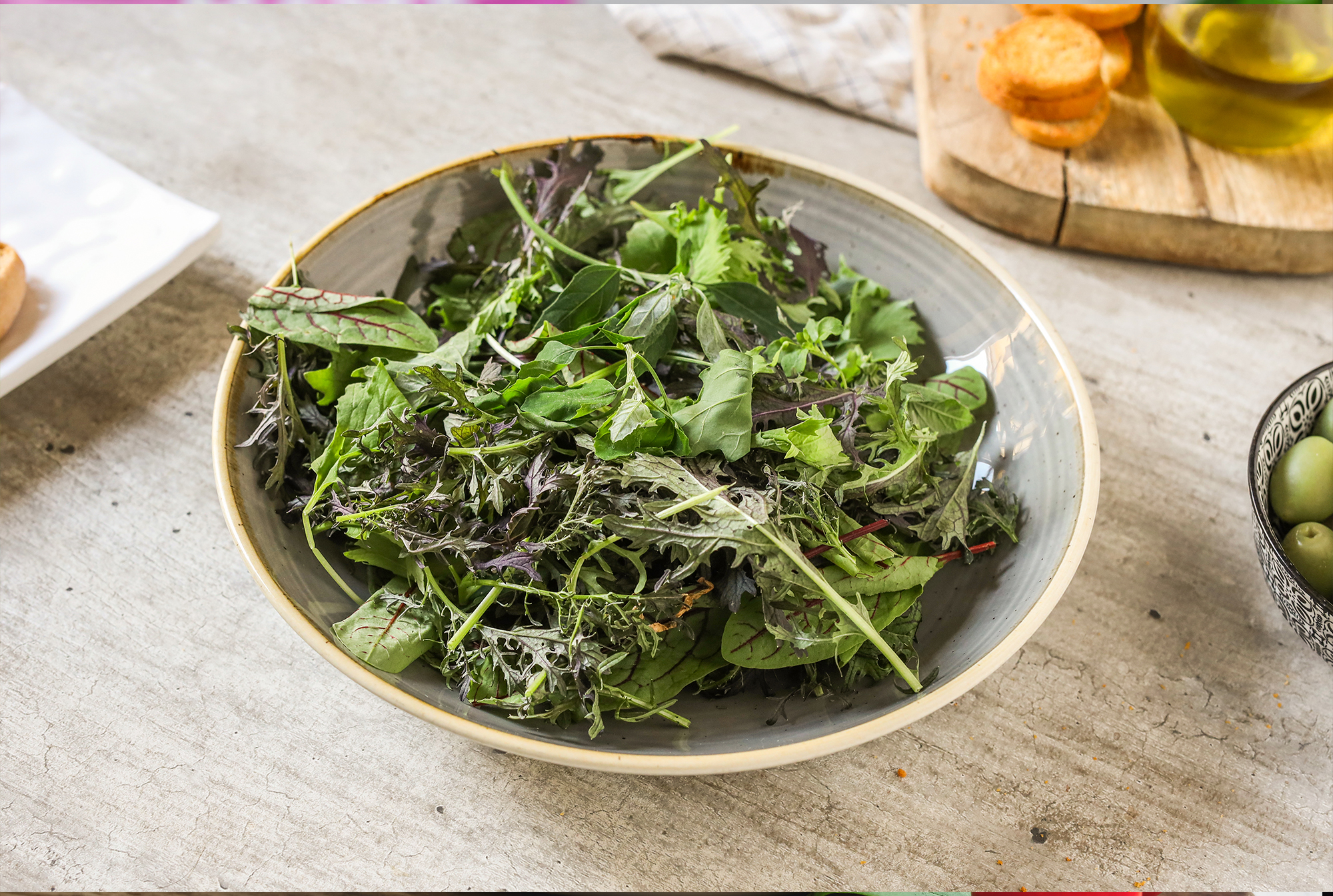
27 Aug Borage: the most beloved among the wild ones
Borage, with its distinctive blue-violet flowers, stands out as one of the most important edible wild herbs, rich in numerous benefits and potential uses. Let’s delve deeper into the characteristics and multiple applications of this plant.
Various Varieties of Borage
There are several varieties of borage, each with slightly different characteristics:
- Borago officinalis: This is the most common and well-known variety, appreciated for its intense green, slightly hairy leaves and fresh flavor.
- Borago pygmaea: A smaller type of borage with smaller leaves and intense blue flowers, often used as an ornamental plant.
- Borago orientalis: Native to Asia, this variety is distinguished by its pink or lilac flowers and elongated leaves, with a flavor similar to other varieties.
- Borago maritima: It grows in coastal areas and is well adapted to saline soils, with leaves and flowers similar to other varieties but with greater resistance to marine conditions.
- Borago angustifolia: It has narrower and elongated leaves compared to common borage, appreciated for its intense flavor and resistance to high temperatures.
Cultivation of Borage
Borage can be cultivated outdoors from April to June and from September to November. If you want to speed up the process, seeds can be sown in a protected seedbed in March and later transplanted into the soil in April. During sowing, make sure to maintain a distance of 40 cm between plants and sow the seeds to a depth of 1 cm in the soil. Then, water gently. Borage prefers a sunny position and is a very resilient plant. In many parts of Italy, it grows spontaneously without the need for cultivation.
Properties and Benefits of Borage
Borago officinalis boasts numerous properties: being rich in mucilages, it is an excellent natural remedy against constipation, but it is also capable of relieving inflammation of other mucous membranes such as those of the respiratory system in cases of cough or cold, as well as in cases of asthma.
Gamma-linolenic acid (GLA) and phenolic acids are important constituents of borage, known for their antioxidant properties.
Borage tea can be useful both to restore intestinal regularity and to alleviate the symptoms of sore throat.
Another interesting benefit offered by this plant is its help to women in case of premenstrual disorders; the warm beverage (but even more so the oil) can indeed reduce cramps, swelling, discomfort, and other annoyances that many people experience during that period. This is due to the presence of phytoestrogens in this plant, substances that rebalance the hormonal system and therefore can be useful in many issues of fertile women but also in menopause.
Borage, and particularly the oil extracted from it, are rich in some beneficial fatty acids for the heart and arteries that can promote vasodilation, reduce cholesterol deposits, and lower inflammation.
This plant is also a true ally of beauty. Its beneficial action on the skin is evident not only in cases of real pathologies but also simply:
Here are some ways to use borage in different forms:
- In the Kitchen: Borage lends itself well to enriching a variety of dishes, such as soups, stews, savory pies, ravioli, and spring risottos. It is also perfect for creating original and tasty fritters, perhaps enriched with a touch of thyme.
- Borage Tea: If you want to take advantage of the healing properties of borage, you can prepare a tea with slimming and diuretic qualities. It is particularly useful in case of circulatory problems that cause swelling in the legs. Prepare the tea by boiling 10 grams of borage in a liter of water for 5 minutes, strain, and consume a cup a day, preferably in the evening before going to bed.
- Borage Oil and Pearls: Borage is also available in the form of oil and pearls, both with soothing, anti-inflammatory, and anti-itch properties. They are effective in the treatment of dermatitis, psoriasis, and other skin disorders, as well as in relieving intimate discomforts such as burning.
- Pearls for Menopause: Borage pearls, containing borage oil, are often recommended during menopause to regulate hormonal balance and reduce cardiovascular risk. However, it is always advisable to consult an expert before use.
- Borage Oil for the Skin: Borage oil is an excellent option for skin care, thanks to its antioxidant properties. It can be used as a natural anti-wrinkle treatment by applying a few drops gently around the eyes morning and evening. It is also effective in preventing stretch marks and skin blemishes.
